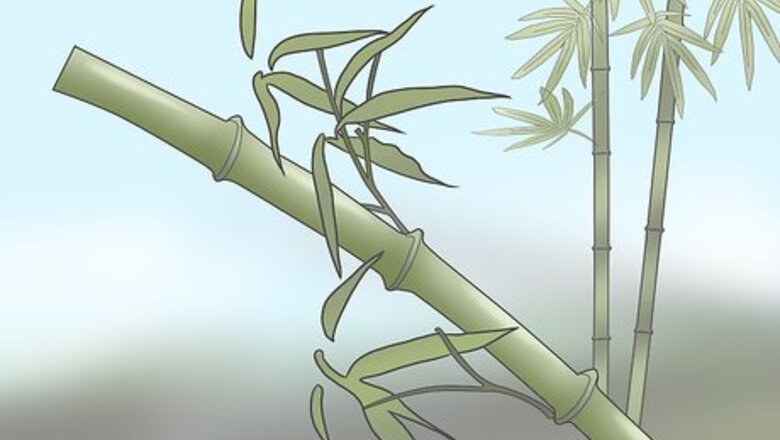
views
Bamboo Rainstick
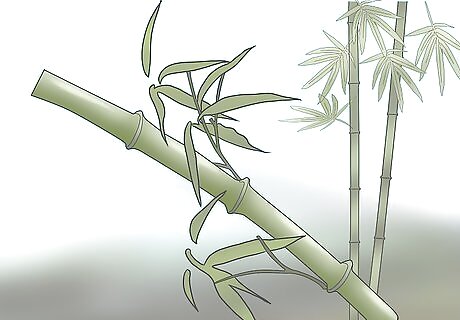
Choose a piece of bamboo. You'll get the best sound if you choose a wide, long piece of dry bamboo. The longer and wider your wood, the richer the sound will be. You can cut and cure your own bamboo or buy a piece at a garden store. Get a smooth, straight piece without any bends or holes.

Hollow the bamboo. If your bamboo piece isn't already hollow, use a metal rod to push out the material at its center. Once the path is clear, attach a piece of sandpaper to the end of the rod. Use it to sand the inside of the bamboo so that it's smooth and free of obstructions. If you don't have a metal rod, any sort of strong, long implement sturdy enough to scrape out the inside of the bamboo will work.
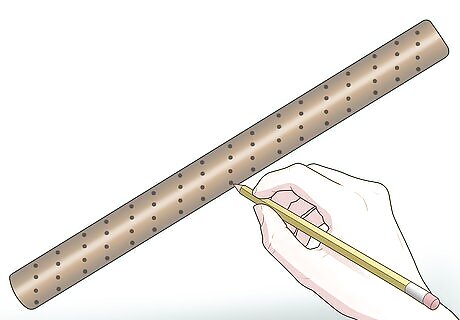
Make a pattern of dots on the bamboo. Use a pencil to create a pattern of dots around the outside of the bamboo. These dots will be the places where you bore holes to insert the wooden skewers, which are an essential part of the rainstick. Making a pattern that spirals around the bamboo from the top to the bottom will look very attractive and ensure that the pebbles or rocks you place inside will have plenty of obstacles to plink against.
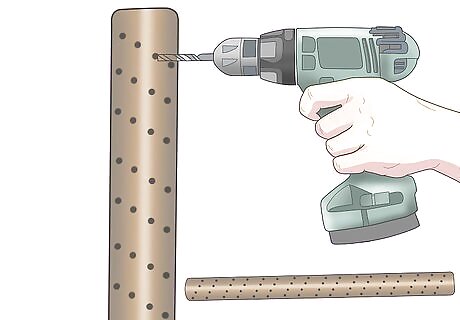
Drill the holes. Use a drill bit the same size as your wooden skewers, so they'll be able to slide right in. Carefully drill each hole you marked, taking care to puncture the bamboo without drilling through to the other side of the stick. If you do not have a drill, you can still make a rainstick using long nails. Instead of drilling the holes, use a hammer to pound a long nail through each hole. Make sure the nail isn't long enough to penetrate the other side of the bamboo stick.

Insert the skewers. Put a bit of glue on the tip of a skewer and thread it through one of the holes. Push it through until it runs up against the other side of the bamboo stick. Use a sturdy pair of scissors or a small handsaw to cut the skewer flush against the bamboo stick. Continue inserting skewers and cutting the ends until each hole has been filled. This step isn't necessary if you used nails instead of skewers.
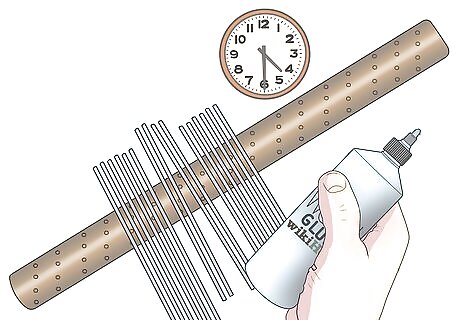
Allow the glue to dry. Wait about an hour before finishing your rainstick.
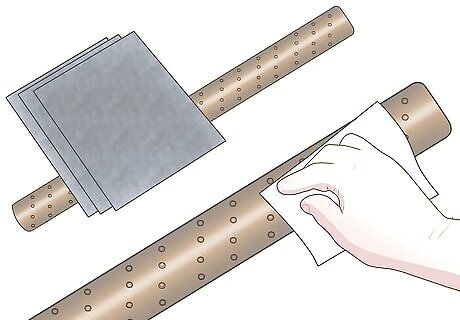
Smooth the sides. Sand off the nubs left from the skewers with a flat file or some sandpaper.
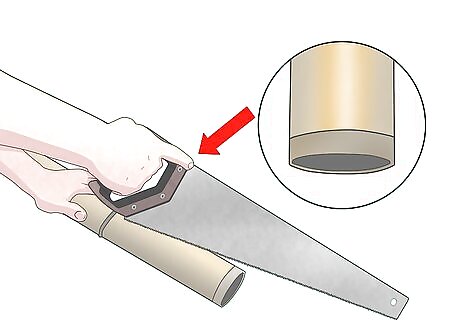
Make end caps. To plug the ends of the rainstick, cut out two circular pieces of wood the same width as the ends of the stick. Glue the first end cap to the base of the stick using wood glue or superglue, to make sure it won't budge. Save the other cap for now. If you don't have the supplies to cut out pieces of wood, you can make endcaps out of cardboard, particle board, or another sturdy item you have in your home. Just make sure you can glue the cap securely to the end of the stick.
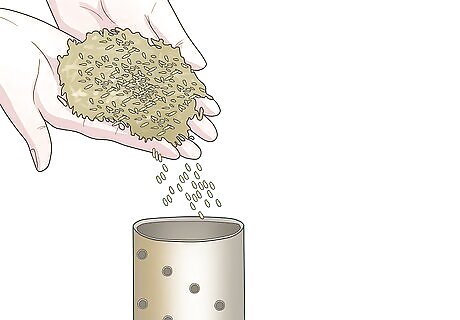
Fill the rainstick with pebbles and other objects. Different materials will make different sounds as they plink against the wooden skewers. Use pebbles of different sizes, pennies, dried rice, dried beans, beads, and any other items you like. Fill the rainstick about 1/8 - 1/4 with objects. Don't overfill the rainstick, or you won't be able to hear the individual sounds of the objects. Putting too few objects in the rainstick won't give you the impression of rain when you use your instrument.
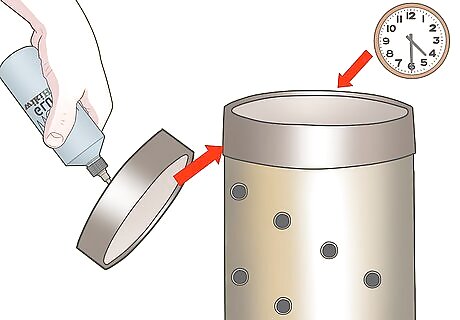
Affix the other endcap to the rainstick. Use wood glue or superglue to seal the rainstick on the other side. Let it dry completely before using.
PVC or Cardboard Rainstick
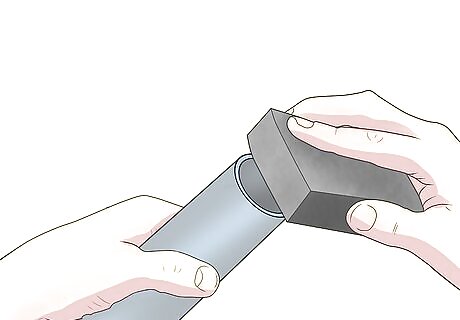
Choose a long, thin tube to use. Either PVC or cardboard works well. If you're using PVC, smooth the entire PVC pipe using a fine sanding sponge.
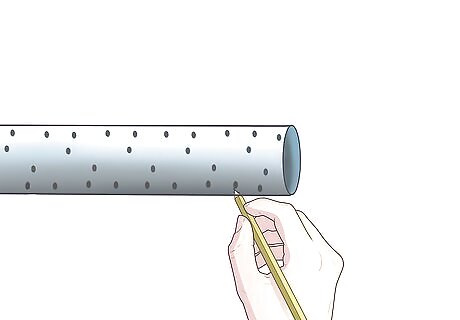
Draw dots on the tube. These will mark the places where you'll create holes to build your rainstick. Start about two inches from the end of the tube and draw dots all the way up. These dots should be spaced apart evenly (one half inch up and one inch across) and arranged helically (spiraling).
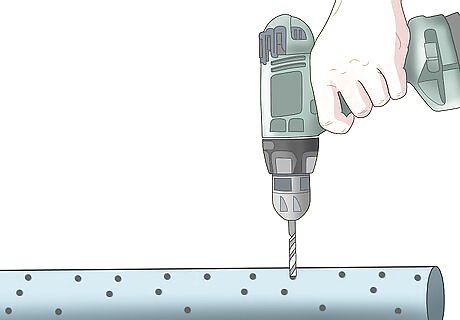
Drill the dots with a drill bit that corresponds with the size of your skewers. Drilling directly through the center of the pipe each time will produce a double-helix arrangement of holes. If you don't have a drill, you can use long nails instead. Place a long nail at each dot and use a hammer to hammer them in. Make sure the nails aren't long enough to pierce the other side.
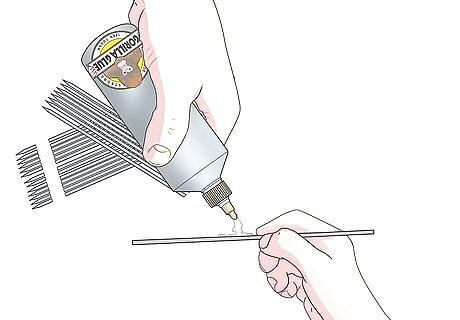
Insert the skewers. Dab the end of a wooden skewer with Gorilla glue or another sturdy glue and insert it into a hole. Cut the end so that its flush with the outside of the tube. Continue inserting the wooden skewers in the holes and cutting them to an appropriate length. This step isn't necessary if you used nails instead of skewers. You can get super glue designed for PVC pipe. In the pictures, Gorilla PVC Cement is used.
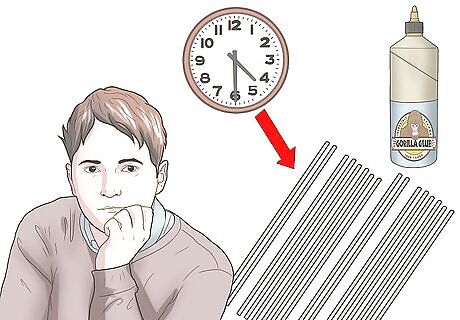
Leave the rainstick to dry. Wait about an hour before finishing your rainstick.
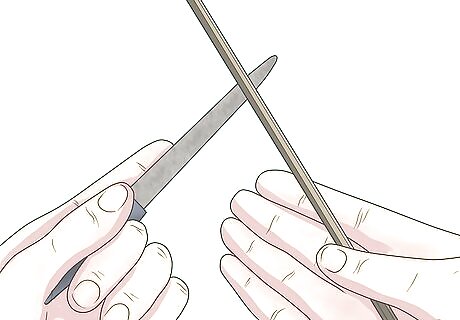
Smooth the sides. Sand off the nubs left from the skewers with a flat file or some sandpaper.
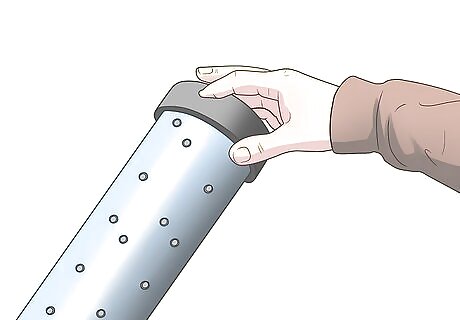
Insert an endcap. Cover one end of the tube with a plastic, PVC or cardboard cap, so that the pebbles and other materials don't fall out.
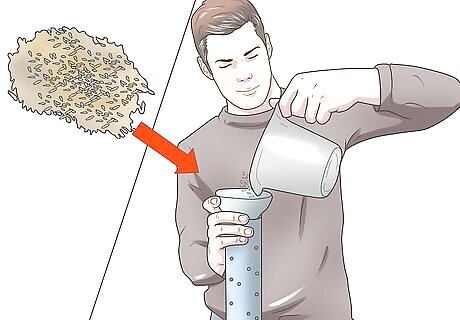
Fill the tube with pebbles and other materials. Pour in pebbles, dried rice, dried beans, beads, and other materials of your choice. Place your hand over the open end of the tube and tilt it to test the sound. You can add or remove material to fine-tune the sound.

Finish the rainstick. After the desired sound is found, glue the other cap onto the end of the rainstick. Allow time for the glue to set.
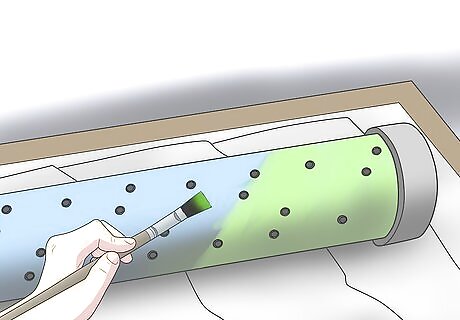
Decorate the rainstick. Use ModPodge (or an equivalent decoupage substance) to paint the rainstick evenly. Working with a small portion at a time, place decorative tissue paper over the glue, pressing it down against the tube. After covering the pipe with decorative paper, go over it with more coats of Mod Podge until it isn't papery to the touch. Let it dry completely.
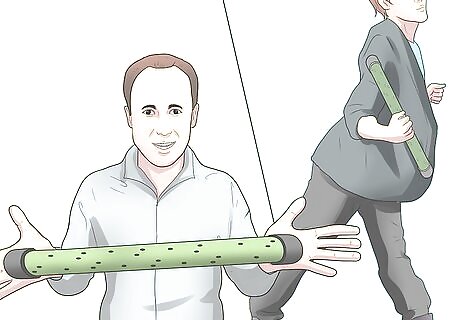
Admire its beauty and do a rain dance!


















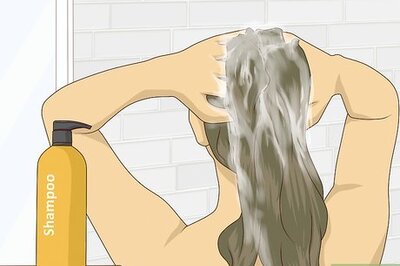

Comments
0 comment